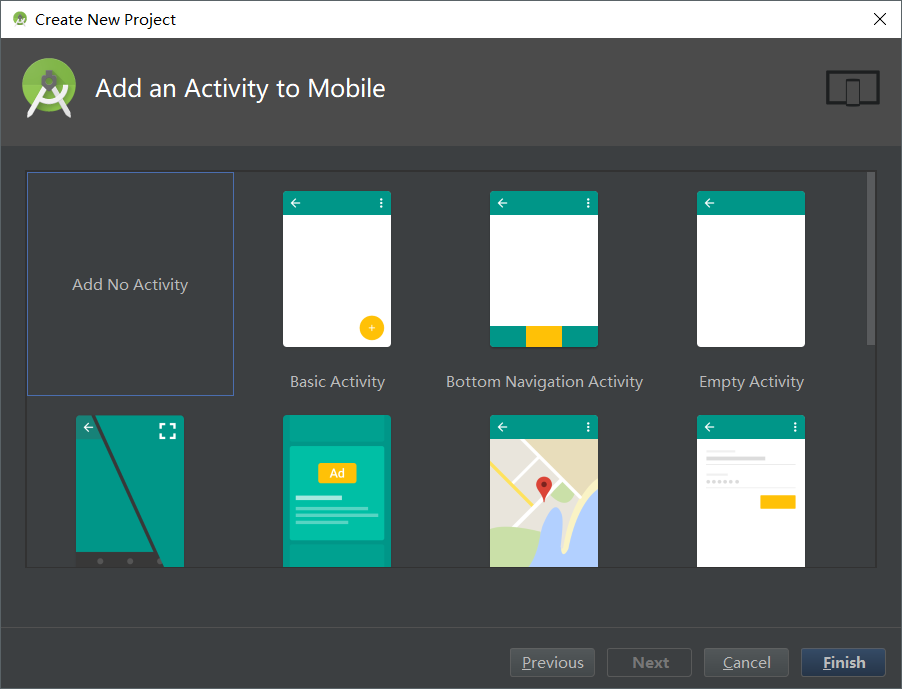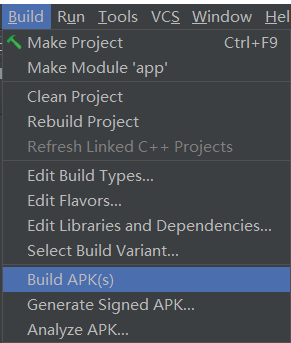写在前头
Android的换肤机制有不少,通过加载不同资源文件进行换肤,通过不同的Style文件进行换肤,但是最主流的还是插件式换肤,将资源文件打成一个包,通过AssetManager去加载这个包中的资源文件来换肤。
换肤代码
public class SkinManager {
private SkinManager(){
}
private static SkinManager mInstance;
public Resources getmResource() {
return mResource;
}
private Resources mResource;
private String mSkinName;
private String mSkinPath;
private static Context mContext;
private String mPackageName;
private boolean IsThemeExists = false;
public static SkinManager getInstance(Context context){
if(mInstance==null){
mInstance = new SkinManager();
mContext = context;
}
return mInstance;
}
public void initSkinName(String path){
this.mSkinName = path;
mSkinPath = mContext.getFilesDir()+ "/Skins/"+ mSkinName;
File file = new File(mSkinPath);
if(TextUtils.isEmpty(mSkinName)||!file.exists()){
mResource = mContext.getResources(); //使用默认资源
mPackageName = mContext.getPackageName();
return;
}
try {
//读取本地皮肤资源
Resources superRes = mContext.getResources();
//通过反射创建AssetManger
AssetManager asset = AssetManager.class.newInstance();
//添加本地下载好的皮肤
@SuppressLint("PrivateApi")
Method method = AssetManager.class.getDeclaredMethod("addAssetPath",String.class);
method.invoke(asset, mSkinPath);
mResource = new Resources(asset,superRes.getDisplayMetrics(),superRes.getConfiguration());
// 获取skinPath包名
PackageManager pm = mContext.getPackageManager();
PackageInfo packageInfo = pm.getPackageArchiveInfo(
mSkinPath, PackageManager.GET_ACTIVITIES);
mPackageName = packageInfo.packageName;
} catch (InstantiationException e) {
e.printStackTrace();
} catch (IllegalAccessException e) {
e.printStackTrace();
} catch (NoSuchMethodException e) {
e.printStackTrace();
} catch (InvocationTargetException e) {
e.printStackTrace();
} catch (Exception e){
e.printStackTrace();
}
IsThemeExists = true;
}
/**
* 通过名字获取Drawable
* @param resName
* @return
*/
public Drawable getDrawableByName(String resName){
try {
int resId = mResource.getIdentifier(resName, "drawable", mPackageName);
return mResource.getDrawable(resId);
}catch (Exception e){
e.printStackTrace();
return null;
}
}
/**
* 通过名字获取mipmap
* @param resName
* @return
*/
public Drawable getMipmapByName(String resName){
try {
int resId = mResource.getIdentifier(resName, "mipmap", mPackageName);
return mResource.getDrawable(resId);
}catch (Exception e){
e.printStackTrace();
return null;
}
}
/**
* 通过名字获取资源id
* @param defType 资源类型
* @param resName 资源名字
* @return
*/
public int getResIdByName(String defType,String resName){
try {
return mResource.getIdentifier(resName, defType, mPackageName);
}catch (Exception e){
e.printStackTrace();
return -1;
}
}
/**
* 通过名字获取颜色
* @param resName
* @return -1为color不存在
*/
public Integer getColorByName(String resName){
try {
int resId = mResource.getIdentifier(resName, "color", mPackageName);
return mResource.getColor(resId);
}catch (Exception e){
e.printStackTrace();
return null;
}
}
public boolean judgeThemeExists(){
return IsThemeExists;
}
}
资源文件打包方法
(1)新建一个不带有activity的android项目
(2)将资源文件放入这个项目之中
这里有两种方法来加载包里的资源文件,通过资源文件名直接加载,或者通过创建一个类来返回资源文件的方法加载。后者更便于修改资源文件名称,前者要求资源文件名称必须相同,但是更为简便。各有各的优势,看自己的取舍了。通过第二种方法加载的话我们需要修改一下代码,需要去加载类而不是加载资源文件。
皮肤包中的资源工具类
public class UIUtil {
public static String getTextString(Context ctx){
return ctx.getResources().getString(R.string.app_name);
}
public static Drawable getImageDrawable(Context ctx){
return ctx.getResources().getDrawable(R.drawable.ic_launcher);
}
public static View getLayout(Context ctx){
return LayoutInflater.from(ctx).inflate(R.layout.activity_main, null);
}
public static int getTextStringId(){
return R.string.app_name;
}
public static int getImageDrawableId(){
return R.drawable.ic_launcher;
}
public static int getLayoutId(){
return R.layout.activity_main;
}
}
修改后的加载类的方法
try {
// 获取插件Apk的AssetManager对象
AssetManager assetManager = PluginUtils
.getPluginAssetManager(file);
// 获取插件Apk的Resources对象
Resources resources = PluginUtils.getPluginResources(
assetManager, this.getResources().getDisplayMetrics(),
this.getResources().getConfiguration());
// 类加载器
DexClassLoader dexClassLoader = new DexClassLoader(
file.getAbsolutePath(), this.getDir(skinName,
Context.MODE_PRIVATE).getAbsolutePath(), null,
this.getClassLoader());
// 反射拿到R.drawable类的字节码文件对象
Class<?> c = dexClassLoader.loadClass(skinPackageName
+ ".R$drawable");
Field[] fields = c.getDeclaredFields();
for (Field field : fields) {
if (field.getName().equals("img_night")) {
int imgId = field.getInt(R.drawable.class);
Drawable background = resources.getDrawable(imgId);
container.setBackgroundDrawable(background);
}
}
} catch (Exception e) {
e.printStackTrace();
}
(3)打包
这里打包不管是不是签名包都是可以的,然后将打好的包放入手机指定路径中,就可以加载了。一般会把这些包保存到服务器,让用户选择喜欢的皮肤并进行下载即可。

